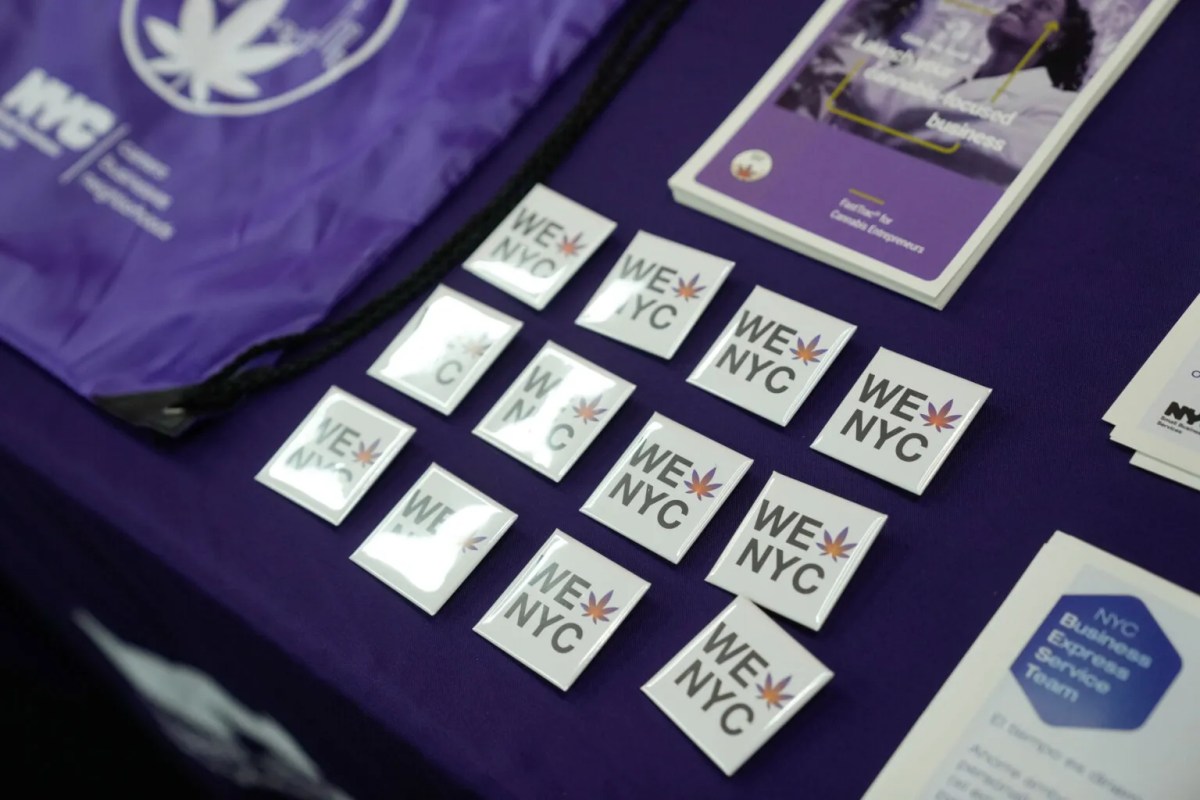It’s easy to fall in love with Ireland. From ancient, crumbling castles to seas of bright green grass with lambs nibbling away to the stormy gray sea, it’s a beautiful place to be.
Now, after bouncing back from a devastating economic collapse, Dublin has come into its own as the prime city among these natural glories. This year the city marks the 100th anniversary of the Easter Rising, a battle that Ireland lost, but still paved the way for the country’s independence from England.
From art to food, explore all that Ireland’s capital has to offer.
Art
Dublin doesn’t have a reputation as a premier art city, but that doesn’t mean it isn’t home to important works. To start with, get your modern art fix at the Irish Museum of Modern Art (admission FREE; Military Road, Dublin 8, imma.ie), housed in the 17th-century Royal Hospital Kilmainham, which has dedicated its 3,500-plus collection to art from the 1940s onward.
Next, head to the National Gallery of Ireland (admission FREE; Merrion Square West, Dublin 2, nationalgallery.ie), a grand institution that opened to the public in 1864 and features the world’s broadest collection of Irish art, with 16,000 pieces.
For some edible art, make a reservation for the Merrion Hotel’s Art Tea (90 euros for two, Mon.-Thurs., 3-6 p.m., Fri.-Sun., 2-4 p.m.; Merrion Street Upper, Dublin 2, merrionhotel.com). The multi-course meal includes three desserts modeled after the hotel’s art collection.
History
Dublin’s history starts at the end of the eighth century when the Vikings repeatedly raided the land, an act that lead to the founding of Dubh Linn, or Black Pool. You can see a tribute to the spot where the conquerors moored their boats inside of Dublin Castle (Dame Street, Dublin 2, dublincastle.ie), which is also a working government building complete with two museums and cafes.
Trinity College (College Green, Dublin 2, tcd.ie) is another history hot spot to visit, home to the Book of Kells (tickets 11 euros), as well as a jaw-dropping library, zoological museum and science gallery.
Of course, if you just want an overview of Irish history, the National Museum of Ireland (museum.ie) has four different sites, all free of charge.
Eat and drink
No trip to Dublin would be complete without a visit to the Guinness Storehouse (tickets from 16 euros; St. James’s Gate, Dublin 8, guinness-storehouse.com), located at the brewery that showcases the history of the beverage along with a Guinness bar that offers the best view of the city. Make sure to get an Irish beef cheek and Guinness stew and plate of raw oysters at Gilroy’s Bar, located in the complex.
You also can’t miss grabbing a pint and shot of Irish whiskey at one of the many traditional pubs in the area. A particular favorite is O’Donoghue’s (15 Merrion Row, Dublin 2, odonoghues.ie), a dive that fills up with jolly people and live music most nights.
Though known for its drink, don’t write off Irish cuisine. The Woollen Mills Eating House (42 Lower Ormond Quay, Dublin 1, thewoollenmills.com), a relaxed eatery right across from the iconic Ha’penny Bridge, offers prime examples of elevated eats, from freshly-baked breads slathered with sweet Irish butter to chargrilled Achill Island lamb steak laced with minted spelt salad.
Where to stay
For a modern hotel that speaks to the city’s rise in tech and commerce, there’s The Marker (Grand Canal Square, Docklands, Dublin 2, themarkerhoteldublin.com), a Leading Hotels of the World property near the waterfront in an area lovingly referred to as Silicon Docks.
To be more central to the action, the Merrion Hotel is within walking distance of the National Gallery of Ireland, Trinity College, St. Stephen’s Green and Oscar Wilde’s birthplace. It mixes a rich history and five-star amenities in one package.

















